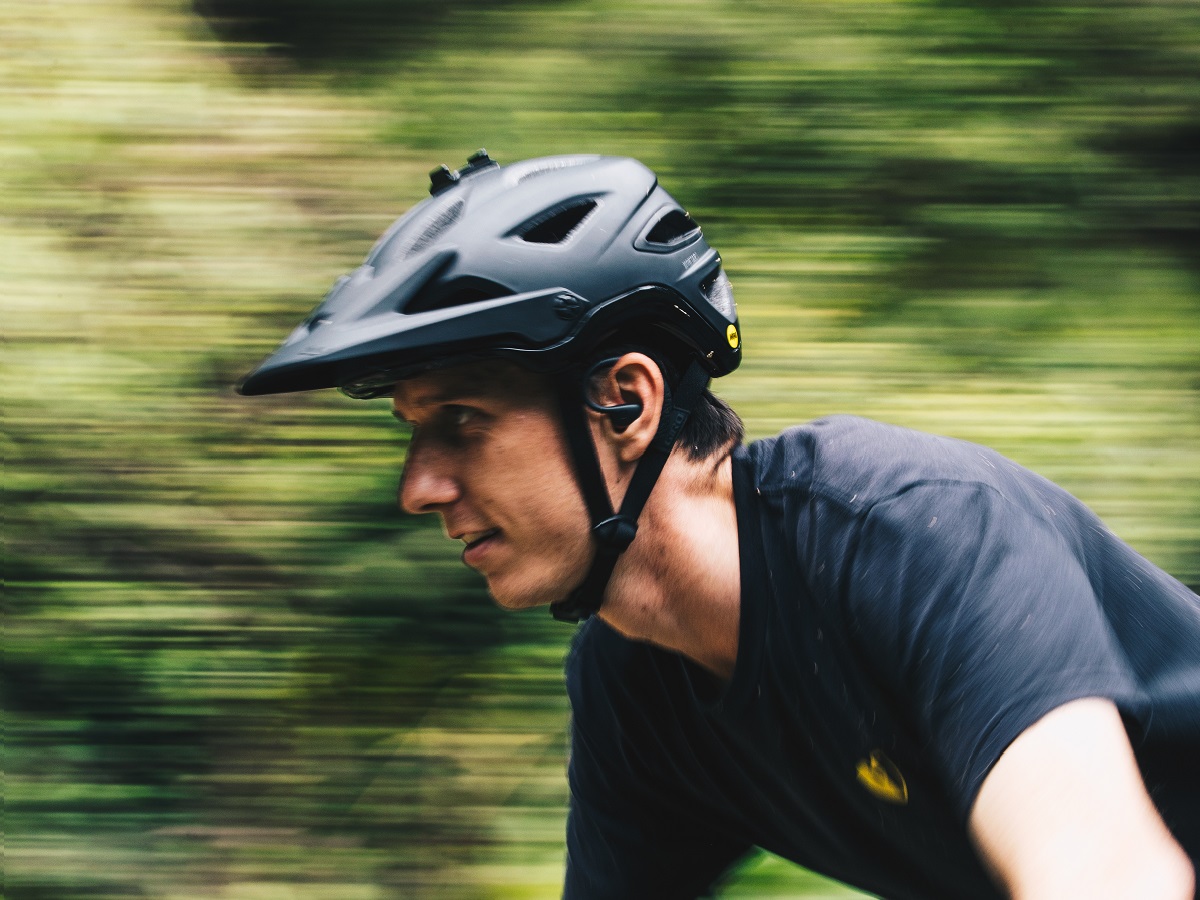earSHOTS designs its headphones with zero waste in mind, utilising a single part, one-size-fits-all, variable ear size design to reduce waste. The Magnetic Ear Clip moulds to the shape and size of the user’s ears and head curvature, eliminating the need for additional plastic parts.
To minimise its carbon footprint, earSHOTS has reduced the weight and volume of packaging for delivery, transitioning to 100% recyclable materials, improving protection around the earSHOTS headphones, in addition to digital-only fit guides and instructions.
Taking a zero-waste approach starts with the company’s culture, according to earSHOTS founder and CEO, James Bell-Booth.
“Environmental impact is something we consider with everything we do and while we are only at the beginning of our sustainability journey, we are continuously reflecting on our processes and making changes — from our internal tools and company practices, our workspaces, to how we operate our supply chain,” he told Appliance Retailer in a recent interview.
“Implementing a zero-waste mindset means taking ownership for the entire life cycle of a product. We firmly believe that businesses, large and small, should be responsible for the waste they generate and proactively find ways to minimise their impact on the environment, not simply as a response to consumer sentiment.
“With the sport headphone market creating an estimated 128 million pieces of plastic each year, we are committed to minimising our waste and doing our part to change this statistic. This is a long journey, and we are always learning, but recognising the need for this mindset switch is the first crucial step.”
When asked for his advice to other businesses looking to adopt a zero-waste approach, Bell-Booth believes a good start is taking a purposeful look at the product lifecycle and amount of waste being generated.
“Understanding that eliminating waste entirely can feel incredibly daunting and complex, business owners can begin by cataloguing the opportunities for change, and the steps that can feasibly be implemented at their stage of the sustainability journey,” he said.
“Committing to reusing packaging and eliminating single-use items where possible can be a great first step internally. Packaging is also an area with many environmentally friendly alternatives.
“Some considerations to keep in mind when cataloguing a product’s footprint include reducing the weight, volume and therefore energy of a product to get from manufacturer to customer; the necessity of plastics and polystyrene in packaging, and how it can be altered to improve product protection, and going paperless by sending informational digitally or hosting it on a website including receipts, instructions and tech specifications.
“Taking a zero-waste approach isn’t about being perfect; rather, it’s a commitment to recognise and actively manage a product’s environmental impact throughout the customer journey.”

